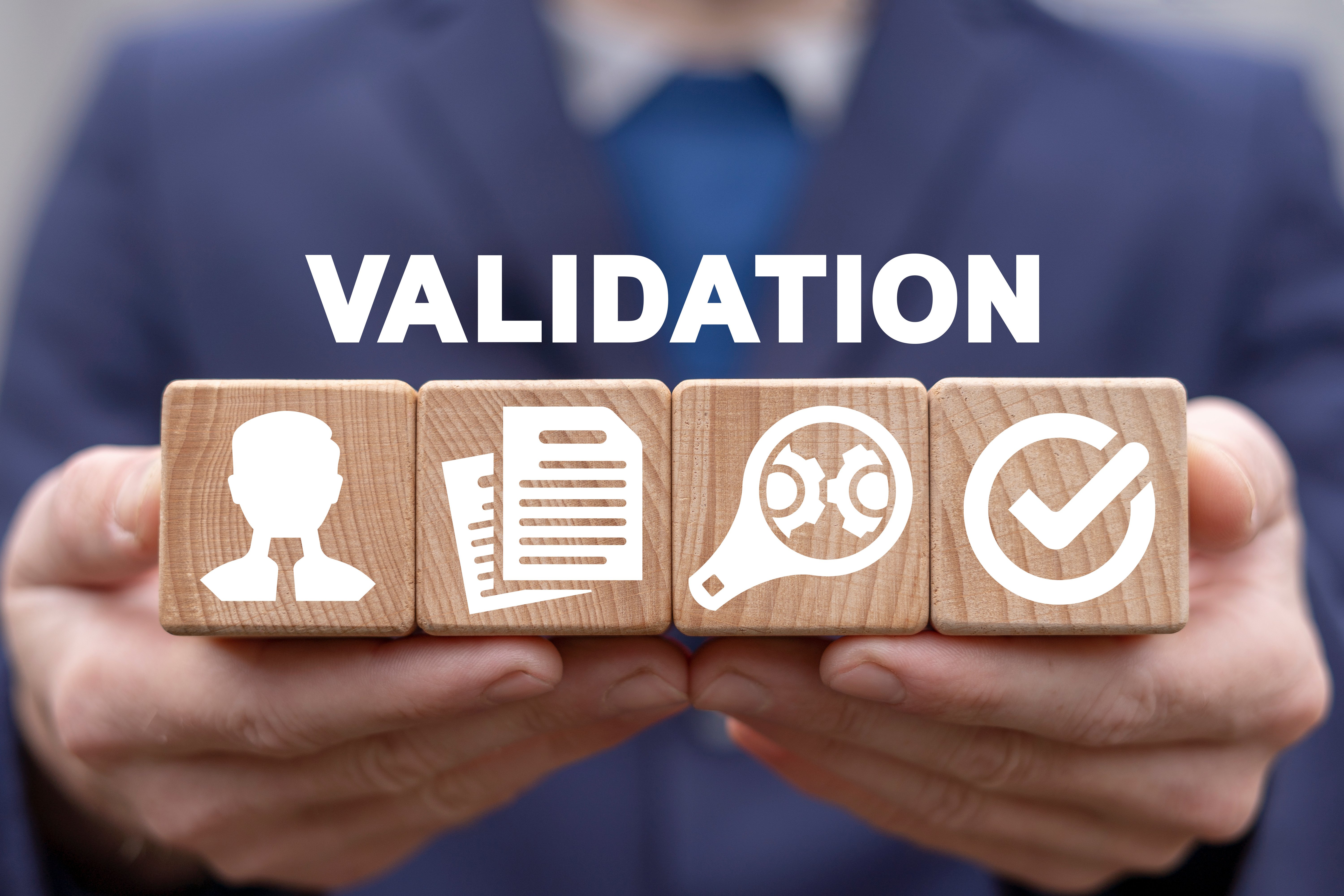
How Do I Validate Our ERP System?
ERP validation is a really simple idea: Does the system perform as specified?
The question of validation is less about software functionality and largely about configuration. If a business selects an industry-standard enterprise resource planning (ERP) solution for its backend systems, the functionality will exist for almost any company process. Having the foundation for meeting the process needs of a business and correctly configuring the system for meeting those needs is not the same thing, however.
Validation is about ensuring that ERP is configured correctly so that what is expected of the system actually happens in practice. This is akin to defining a set of equations in a spreadsheet and making sure that the equations produce the expected results. The spreadsheet can do the calculations, but it requires the correct setup and testing to make sure it has been configured right.
Every business benefits from ERP validation, because accurate processes improve efficiency and reduce errors. For some industries, however, such as medical manufacturing and life sciences, validation is critically important because it actually is required by law. The U.S. Food and Drug Administration (FDA) mandates specific process requirements such as quality management and traceability, as well as validation that company systems meet these stated requirements.
So how does a business go about validating its ERP system? There are four basic steps, as well as a fifth step if verification of validation is required by law or market conditions.
1. Define Required Processes
The first step is defining the process needs and the actual processes of the organization.
All companies rely on standard processes, but these processes must be fully defined and clearly understood as the first step toward ERP validation.
For unregulated industries, this simply is a list of all processes within a company, how they are supposed to be performed, and the expected outcomes. For regulated industries such as food or life sciences, this definition process also must include understanding all regulatory requirements around the process.
2. Configure Processes in the System
The next step is configuring the ERP system so it meets all process requirements as previously defined.
This second step is critical but only necessary during the time of ERP rollout. In this step, the business will set up the ERP system to perform all processes as specified, and add or turn on the needed functionality within the system that is necessary to meet process needs.
ERP systems are complex, with more options and flexibility than most individual businesses will need. So while cloud-based ERP has made the configuration process easier, most businesses will benefit from working with a certified ERP implementation partner during configuration. The time savings from help with fully understanding how to set up processes correctly within an ERP system more than makes up for the cost of an implementation partner.
3. Test Processes Against Expected Outcomes
The heart of ERP validation, the next step after configuring a system for all company processes is testing these processes to see if the system performs as expected. This is where comprehensively defining company processes bears fruit.
In this step, the business systematically goes through each process requirement and checks to see if the system supports the process correctly and delivers the expected outcomes in practice. As with a spreadsheet equation, the intended outcomes sometimes do not match the actual outcomes.
Usually, there will be some adjustments and tweaks to the configuration of the ERP system during this testing step. That’s normal and just part of the validation process.
4. Document Processes and Outcomes
Once the ERP system has been tested against process requirements, the final step of an internal ERP validation is documenting the processes within the system and the proof that the system performs as specified.
In this step, the process requirements defined earlier are mapped to the actual ERP processes. This documentation should demonstrate how the company’s ERP system meets all process requirements in fact.
5. Third-Party Verification
For businesses in regulated industries such as life sciences, or where process verification confers a competitive advantage, there’s one additional step: third-party verification of ERP validation.
Stating that a company’s systems meet process requirements and proving it are not the same, so regulated industries must hire a third-party auditor who will verify that the ERP system is in fact validated and configured correctly.
The audit process is as simple as providing documentation that the system performs as expected and having it reviewed and verified by this third-party auditor.
Make the Process Easier with Pre-Validated ERP
Navigator Business Solutions has developed ERP prepackaged industry solutions that come pre-configured and pre-validated for specific industries such as pharmaceuticals and medical device manufacturing.
Businesses such as contract development and manufacturing organization, the Center for Breakthrough Medicines (CBM), have found that our prepackaged industry solutions greatly reduce configuration errors and the time it takes to validate an ERP system. It also reduces the cost of third-party verification significantly.
“With a validated and scalable ERP system, CBM is advancing its vision to build the world’s largest cell and gene therapy manufacturing and testing facility and enable the rapid development and delivery of groundbreaking treatments for patients,” notes Peter Carbone, chief operating officer for CBM. “Navigator executed the work on time and on budget, and has proven to be an invaluable partner in our corporate development.”
Contact one of our consultants for guidance on how best to validate your ERP system, and learn more about our range of prepackaged industry solutions that make the process easier.
